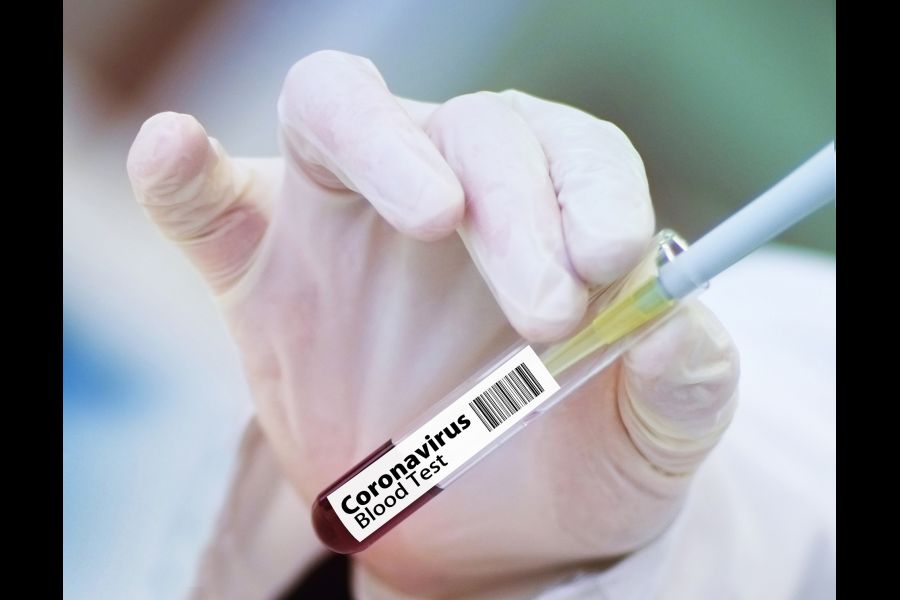Dr. William Brown is a professor of neurology at McMaster University and co-founder of the Infohealth series at the Niagara-on-the-Lake Public Library.
Dr. William Brown
Special to The Lake Report
It took seven years to develop an effective polio vaccine, nine years for a measles vaccine and 34 years to develop a chicken pox vaccine.
But with COVID-19, the time between the initial proposal and completion of phase 3 trials has been a stunningly short one year for the first three vaccines.
The first to complete a major phase 3 trial was a joint effort from Pfizer and BioNTech, the second was from Moderna partnered with the U.S. National Institutes of Health and on Monday this week, AstraZeneca partnered with Oxford University announced that they had completed their phase 3 trial.
Each vaccine posted impressive efficacy rates – 95 per cent for the first two and 90 per cent for Oxford University’s vaccine. Those numbers far exceed the 60 to 70 per cent levels the experts hoped for before the clinical trials began.
Of the three, the Oxford vaccine is much cheaper and easier to handle in the distribution chain thanks to less-stringent temperature requirements for storage. And there’s more good news to come.
As this report goes to press, there are 13 vaccines working their way through phase 3 trials, 17 in phase 2 trials and 37 in phase 1. Given that this specific coronavirus was unknown outside China this time last year, that’s amazing progress. And the first deliveries are slated for sometime in December for those most at risk.
The main goal of the more than 100 vaccines now in development is to protect people from developing COVID-19, especially those over age 60 and those at any age with significant comorbid conditions.
The other goal is to block the spread of the disease by reaching levels of immunity within communities that are sufficient to achieve herd immunity. To achieve those goals at the cellular level, vaccines must stimulate both arms of the immune system: B-cells to produce antibodies to the virus and T-cells to destroy infected cells before the virus has a chance to highjack each cell’s machinery to make thousands of copies.
One of the most impressive features of the frenetic search for an effective vaccine has been the novelty and variety of some approaches. While some developers stuck to the tried and proven method of employing tame or killed whole versions of the virus to provoke an effective response, others used the shell of the virus emptied of its genome or bits and pieces of the virus’s spike proteins to create effective immune responses.
But perhaps the most novel approach has been to use selected pieces of messenger RNA (mRNA) bio-engineered to create copies of one or more of the virus’s spike proteins to stimulate an effective immune response.
In the case of Moderna and Pfizer-BioNTech, the mRNA was packaged in tiny fat bubbles. Once injected into the subject, the mRNA enters the host cells where the mRNA directs the cell’s machinery to create copies of the spike proteins, which when released into the host’s circulation provoke the desired immune response.
Oxford University and AstraZeneca elected to use a tame virus rather than fat bubbles to carry their engineered version of mRNA into the body’s cells.
Other companies coupled the mRNA to nanoparticles to safely deliver the mRNA to the body’s cells. But whatever the means for delivering the mRNA, the basic approach is elegant, as are dozens of other novel approaches in the works for achieving effective immunity.
So far, the best part is that all three first-out-of-the-gate vaccines based on mRNA technology have proven to be very effective at preventing the disease, including among older test subjects.
Vaccines of widely differing designs and targets may turn out to be necessary. For example, some vaccines may be more effective than others for different age groups and those with certain comorbid conditions.
And vaccines with different virus targets to those initially employed may turn out to be necessary as backups should the immune response to the initial vaccines not last long enough to continue to protect some individuals and the community at large.
Supplies of the most promising vaccines will be limited for several months. In view of this, Western countries are more or less agreed that the first to receive vaccinations should be front-line health care workers followed by patients and caregivers in long-term care and nursing homes, then those age 65 and up, and those with comorbid conditions such as obesity and diabetes, followed by the healthy young and perhaps children, once it’s shown that the vaccines are safe for the last group.
On an entirely different note, on Nov. 22, The FDA in the United States granted emergency authorization for an antibody treatment manufactured by the biotech company Regeneron. The recommendations suggest that this drug is best given to those who test positive for the coronavirus who are judged to be at high risk for developing severe COVID-19, but not those already severely ill.
The following day Health Canada announced that a similar monoclonal antibody treatment produced by Eli Lilly was approved, and like the recommendations for Regeneron, Eli Lilly’s product is designed for those at risk for developing severe disease. But it is not authorized for those already hospitalized or in need of oxygen.
That’s a lot of progress in a short time with much more to come on the vaccine front. The progress has been so rapid on so many fronts that the media reports are well ahead of official announcements and health journals.







